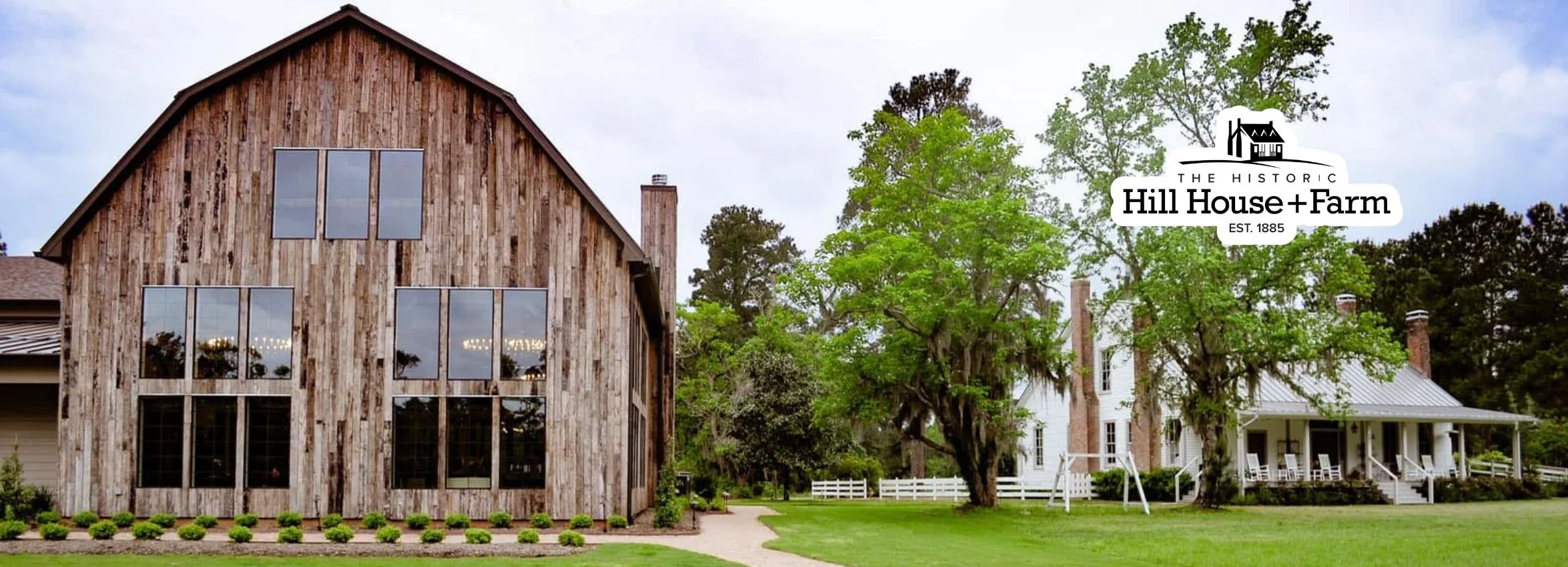Delving Deep into the History of Montgomery, Texas
Nestled amid the picturesque landscapes of Texas, Montgomery has evolved from a quiet settlement to a thriving city with rich historical roots. As one delves into its past, a captivating tapestry of stories, personalities, and events unfurls. Let’s journey through the evocative history of Montgomery, Texas, and uncover the legacy that has shaped its identity.
1. The Humble Beginnings
Montgomery started as a trading post in the early 1820s. Established by W.W. Shepperd, this small settlement was initially named Lake Creek. With fertile lands and its strategic location, Montgomery began attracting settlers, making it a bustling hub in no time.
2. Birth of a County
In December 1837, Montgomery County was officially formed, with the town of Montgomery serving as the county seat. It earned the honor of being one of the original counties of the Republic of Texas.
3. Montgomery and The Texas Flag
The Lone Star flag, an iconic symbol of Texas, has its origins intertwined with Montgomery. Dr. Charles B. Stewart, a Montgomery resident, is often credited with designing this flag, which was later adopted by the Republic of Texas in 1839.
4. A Blooming Commercial Hub
During the mid-19th century, Montgomery transformed into a commercial and trading hotspot. Cotton farming flourished, and by the 1850s, the town had its own newspaper, numerous stores, and a thriving economy.
5. Civil War Impacts
The Civil War had a significant influence on Montgomery. Many residents enlisted, and the town faced economic challenges. However, the resilient spirit of Montgomery helped it recover and progress post-war.
6. The Railroad Era
The 1870s marked the advent of the railroad era. While Montgomery missed direct connectivity, the nearby town of Conroe benefited, leading to a shift in economic activities. Montgomery experienced a temporary decline, but its inherent charm remained untouched.
7. The Dawn of the 20th Century
The early 1900s saw Montgomery reinventing itself. It embraced education, with several schools being established. The discovery of oil in the region in the 1930s further bolstered its economy.
8. Modern Montgomery – Growth and Development
Post World War II, Montgomery underwent significant infrastructural developments. Modern amenities, schools, and businesses sprouted, transforming it into a contemporary city while retaining its historical essence.
9. Montgomery Today – A Blend of Past and Present
Today, Montgomery boasts a harmonious blend of history and modernity. Historic buildings coexist with modern establishments, offering residents and visitors a unique experience.
10. Legacy and Preservation
The residents of Montgomery take immense pride in their heritage. Efforts are constantly made to preserve historic sites. The Montgomery Historical Society plays a pivotal role in these endeavors, ensuring that future generations can relish the town’s storied past.
Conclusion
The history of Montgomery, Texas, is a testament to the undying spirit, resilience, and vision of its residents. From its nascent days as a trading post to its evolution into a vibrant city, Montgomery’s journey is filled with tales of ambition, challenges, and triumphs. This rich heritage is not just a reflection of its past but a beacon guiding its future. As Montgomery continues to grow and evolve, its history remains its most cherished asset, reminding everyone of the indomitable spirit of Texas.











